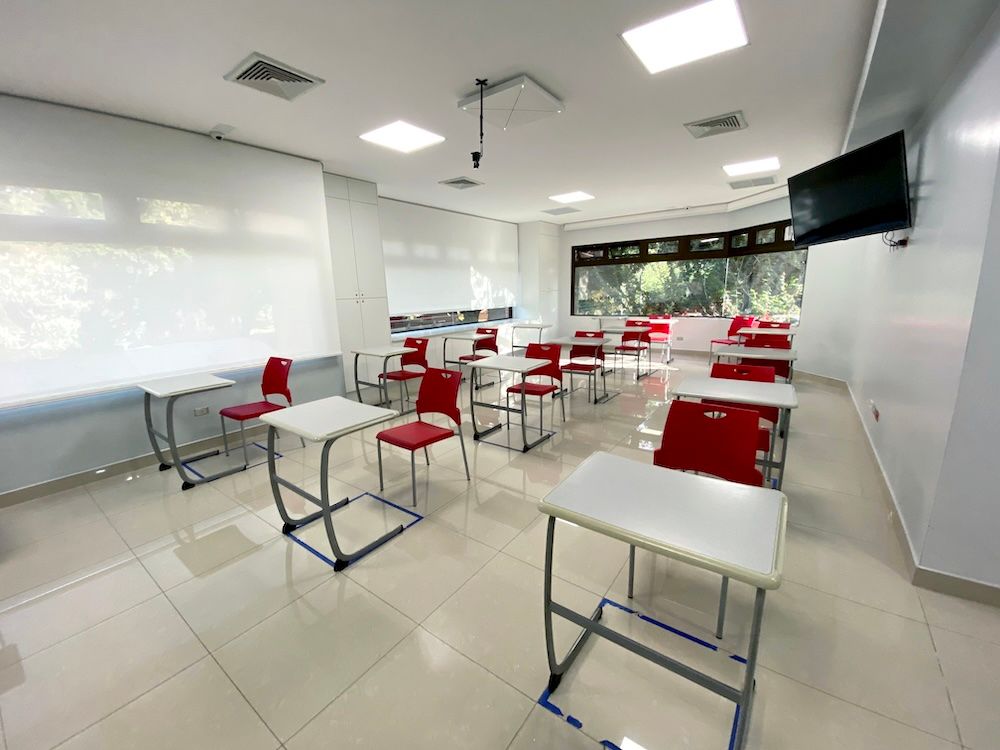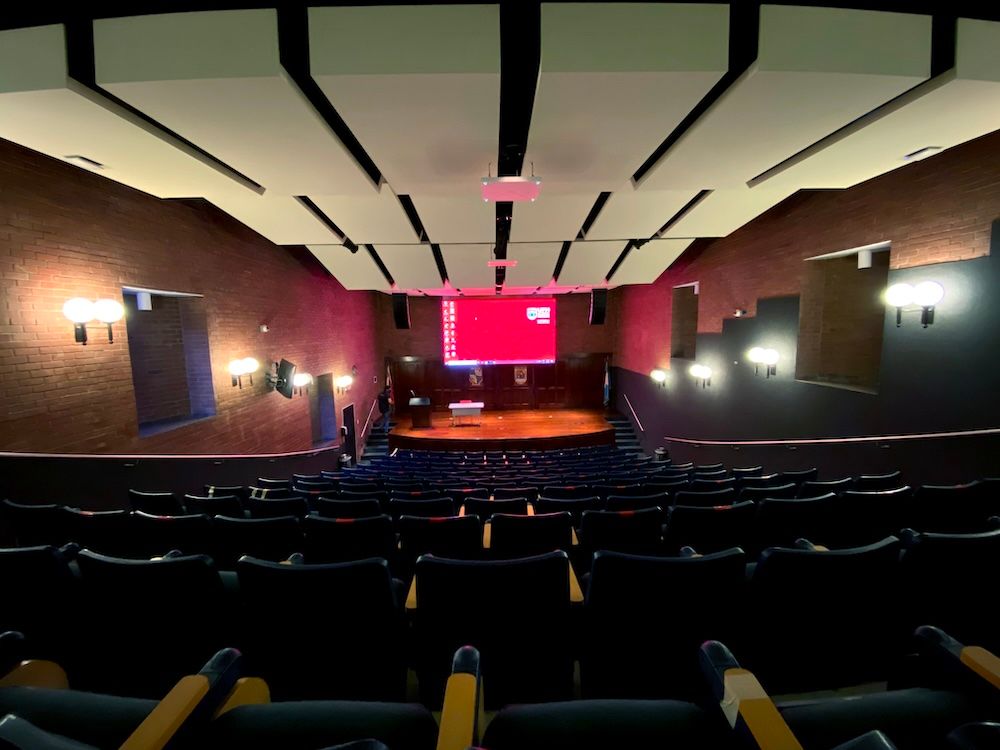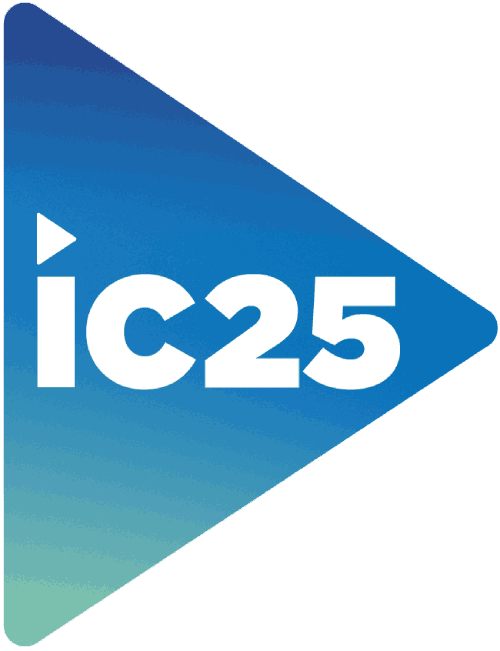Audio technology in hybrid classrooms: beyond the microphone
)
However, its success does not depend solely on a good camera or a video calling platform: audio, often underestimated, has become the real linchpin that guarantees an effective pedagogical experience.
"The role of audio has been and remains fundamental, because the design of these classrooms must ensure that all participants -presential or remote- can hear and be heard clearly and intelligibly," explains Hernán Domínguez, Sales Manager Business Communication for Latin America in Sennheiser. And goes further: "It is no longer enough to have a good microphone. It requires a complete and well integrated system.

A coherent and frictionless listening experience
In a hybrid classroom, problems of intelligibility, echo, background noise or dead zones can severely affect the quality of learning. Therefore, a modern audio system must consider:
- Full voice capture in space, even if the teacher or students move around.
- Advanced audio processing that eliminates physical phenomena such as echo or ambient noise.
- Integration with other AV systems (such as smart cameras).
- Scalability to adapt to different classroom sizes.
- Inclusion of accessible technologies, for example, for people with hearing difficulties.
The educational audio ecosystem
An effective audio solution goes beyond choosing a microphone. It includes a number of essential components:
- Ceiling microphones for full pickup and non-contact.
- Wireless microphones, allowing freedom of movement.
- Speakers integrated in ceilings, walls or sound bars.
- Audio processors to optimize quality and minimize interference.
- Management and monitoring software, which facilitates configuration and remote control.
- Interfaces and amplifiers, to ensure adequate connectivity and power.
- Compatibility with networks and videoconferencing platforms such as Zoom, Teams or Google Meet.
Companies like Sennheiser have worked to create modular solutions that can be adapted from small rooms to university auditoriums. "We offer ceiling microphones like the TCC 2 or TCC M, audio and video bars with Dante as the TC Bar S and M, and digital wireless microphone systems such as SpeechLine or EW-DX, "details Dominguez.

Automatic intelligibility, even on the move
One of the key advances in this type of environment is dynamic beamforming technology, which allows the microphone to automatically "follow" the speaker, without the need for manual settings or constant technical intervention. This not only facilitates ease of use for non-tech-savvy teachers, but also improves the naturalness of communication for remote participants.
In addition, these technologies enable integrations with smart cameras, which adjust the framing depending on who is speaking. "The experience becomes more immersive and closer to a face-to-face class," Dominguez points out.
Need for training
For many teachers, technology is not their field of expertise, so ease of use is a crucial factor. In this sense, Sennheiser solutions are designed to be intuitive and quick to implement.
Ceiling microphones, for example, use dynamic beamforming technology that automatically adjusts voice pickup without the need for manual settings. Physical installation is simple thanks to compatibility with standard cabling and included hardware. In addition, Sennheiser's Control Cockpit software enables centralized, remote and scalable configuration, making it easy to manage multiple classrooms from a single platform.
Integration with video conferencing platforms such as Zoom or Microsoft Teams is straightforward, and support for protocols such as Dante and AES67 ensures seamless connectivity. All this is complemented by guides, tutorials and specialized technical support available online, allowing even non-technical users to operate the system with confidence.

Flexibility and accessibility for all
Modern solutions also pay special attention to inclusion. One example is Sennheiser's MobileConnect, a hearing assistance tool that works from the cell phone, allowing students with hearing loss to connect to the audio signal directly from their device.
From a technical point of view, centralized administration and configuration is also key. Tools such as Control Cockpit allow multiple classrooms to be managed remotely, making maintenance and adjustments possible from a central location, which is ideal for universities or schools with multiple sites.
Success stories and vision for the future
Universities such as Francisco Marroquín (Guatemala), IPADE (Mexico), Goethe Institute (Mexico) or IDE Business School (Ecuador) have implemented advanced audio solutions to improve the quality of their hybrid teaching.
Looking to the future, Hernán Domínguez is optimistic: "We will see increasingly immersive technologies, with 3D audio, microphones with artificial intelligence, voice recognition and intelligent management systems that will elevate the educational experience".
In short, the hybrid classroom is an everyday reality that demands audio solutions designed for clarity, flexibility and inclusion. And that clearly goes far beyond the microphone.
Sennheiser will be participating in InfoComm Latin America and is waiting for you at booth #91 to show you all their solutions for this and other market segments, register here and come visit them!


